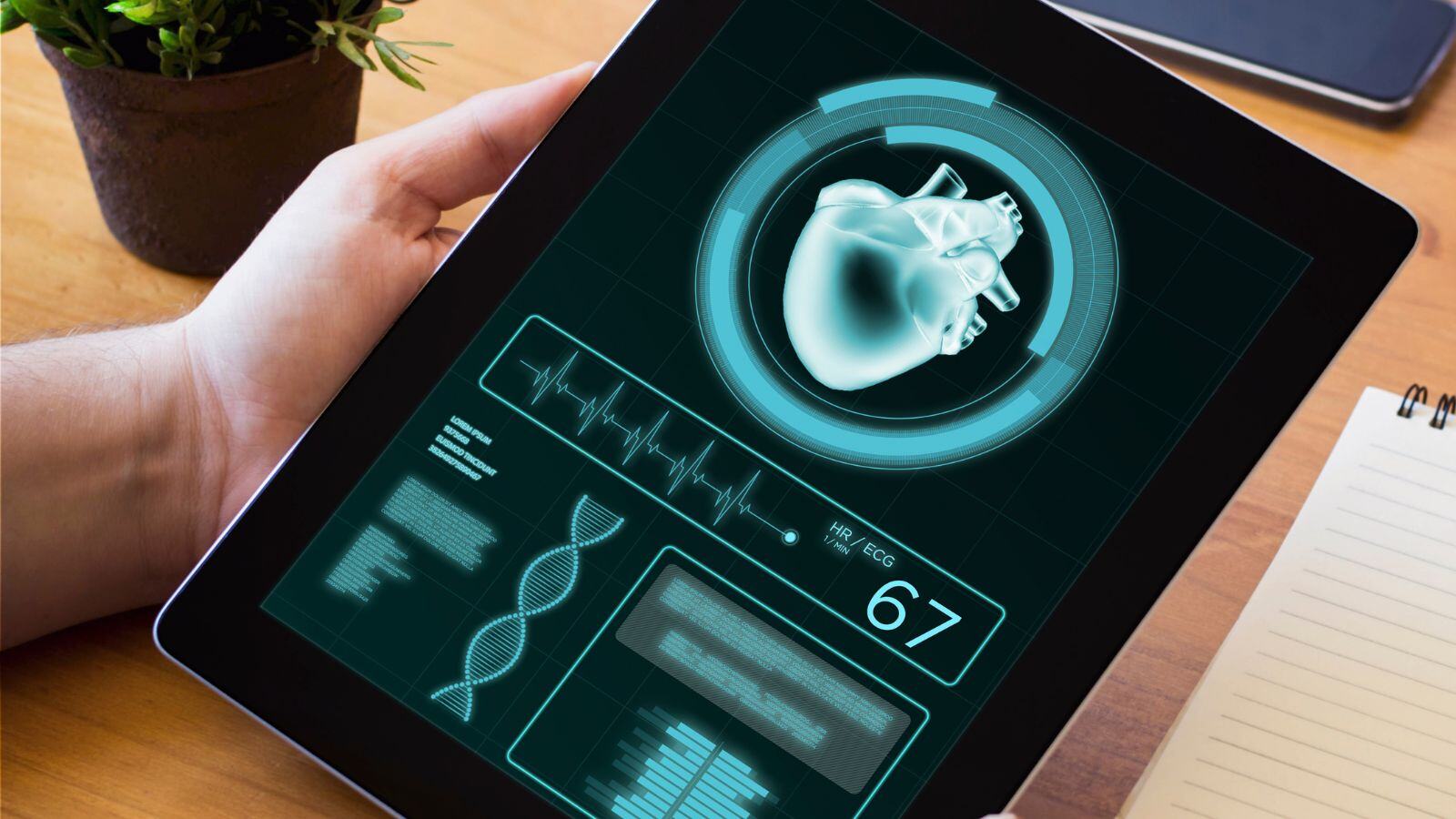What does an automation pyramid entail?
An automation pyramid visualizes the integrated layers of technology used in manufacturing or industry combined with the level of control. From the bottom, where the production runs on motors, machinery, actuators, sensors and so on, to the top where the process is managed.

What is an ERP?
Leading and planning on an enterprise level where the software (the enterprise resource planning, or ERP) connects and provides insight in different domains, such as finance, supply, manufacture, logistics and customers. Each business process in the enterprise has a module and is part of the ERP or provides input and or output in some way. Implementation can be expensive and must in some cases be customized to fit the processes.
What is a MES?
MES stands for manufacturing execution system and it is used to monitor the manufacturing processes based on the input delivered by for example DCS, SCADA and PLC (explained below). It provides an overview of uptime, production output, real-time and historical data, etc. MES is mainly used by management to manage the production process, and is the connecting layer between ERP and SCADA/DCS/PLC.
What is a DS?
A distributed control system (DCS) monitors, controls and steers the (manufacturing) processes, such as the pumps and valves. An HMI allows the DCS to be controlled remotely. The DCS can be on the supervision or control level, depending on the design of the process. The system provides input and reports to the MES.
What is a SCADA?
The supervisory control and data acquisition (SCADA) is a system that combines the processes of level 1 and 2 and facilitates data access and control for operators from one location. This can be used to open and close pumps or valves, for example. The system provides input and reports to the MES.
What is a PLC?
A programmable logical controller (PLC) monitors, controls and (directly) steers the devices on level 0 for example the actuators, valves, motors, etc. A PLC receives data and information from the devices from level 0 and decides (according to the programmed policy) which actions to take. Nowadays, a PLC can have an HMI that allows the PLC to be controlled remotely.
What is a HMI?
The human-machine interface (HMI) allows input and output to be exchanged between the operator (human) and machine. For example a screen, keyboard or speaker via which the operator can monitor, control or steer the machine.
How to validate all of these systems?
Risk assessment determines which effort is needed to validate a system. When validating an ERP or MES, the underlying processes will mostly be part of the validation, be it direct or indirect. The scale of the validation can also be a factor in determining whether to create one or separate protocols. It’s important to involve end users and subject matter experts for each system.
How can QbD Group help you?
QbD Group has several validation specialists in its team who can help you with the validation of your product or system. Don’t hesitate to contact us for any questions concerning your validation project.







.png?width=109&height=108&name=Pharma%20(2).png)
.png?width=111&height=108&name=Medical%20Devices%20(2).png)
.png?width=84&height=107&name=IVD%20(2).png)












.jpg)







